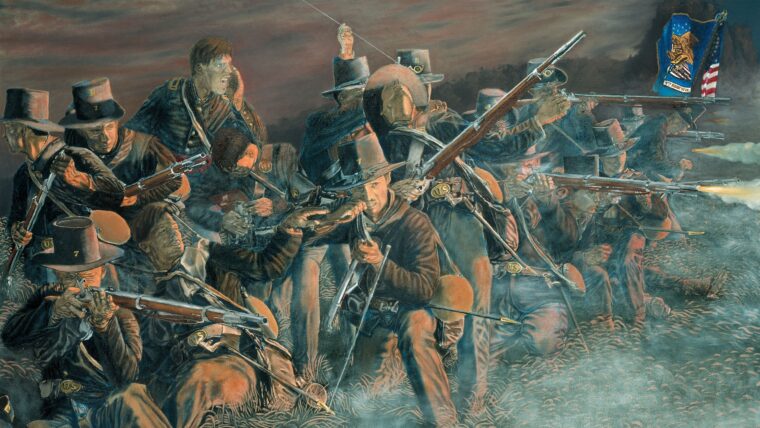
Civil War
Stonewall Jackson and John Gibbon at Brawner’s Farm
By John WalkerThe ground around Manassas, Virginia, was not auspicious for Union Army forces in the first two years of the Civil War. Read more
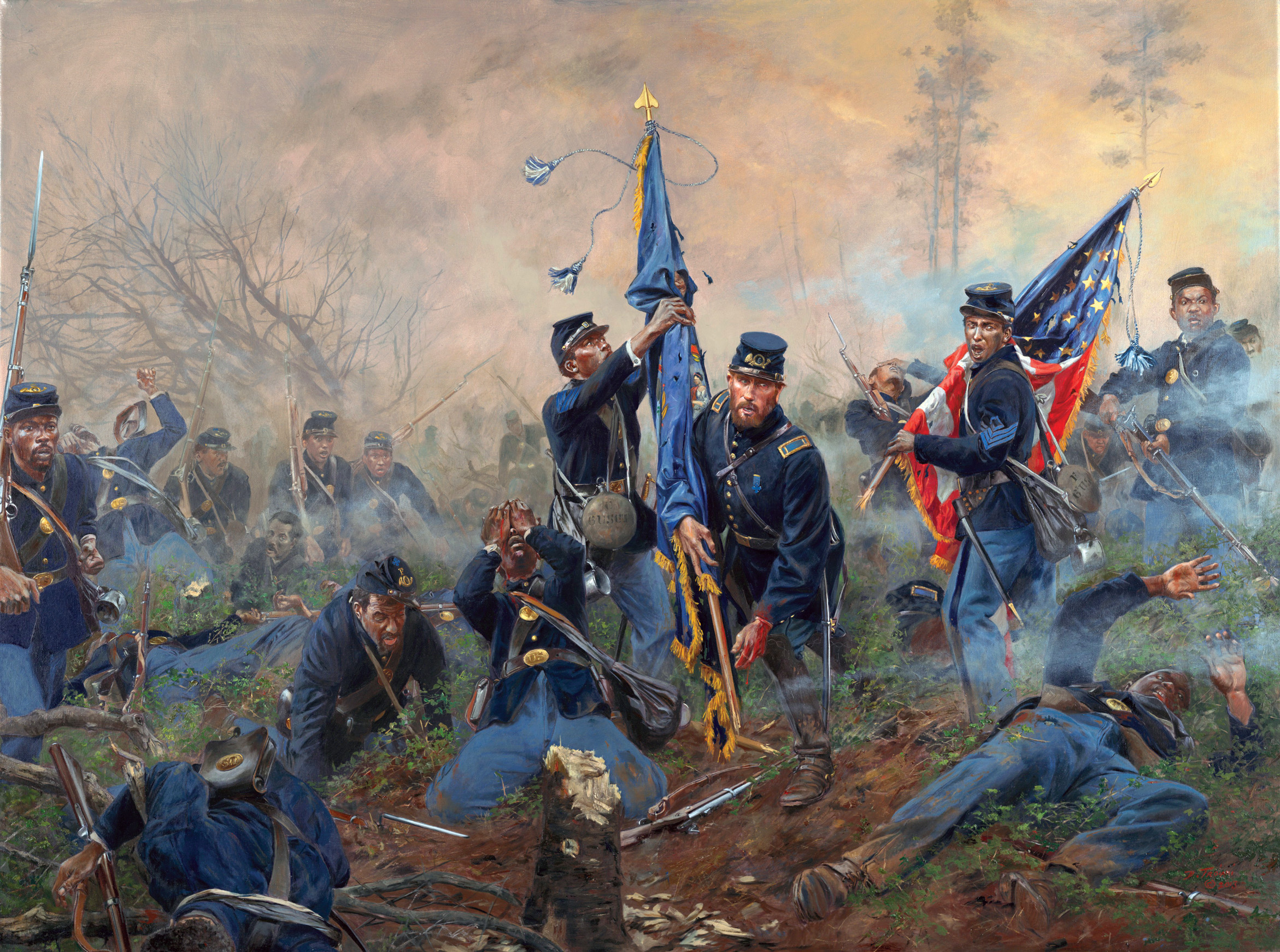

Civil War
The ground around Manassas, Virginia, was not auspicious for Union Army forces in the first two years of the Civil War. Read more
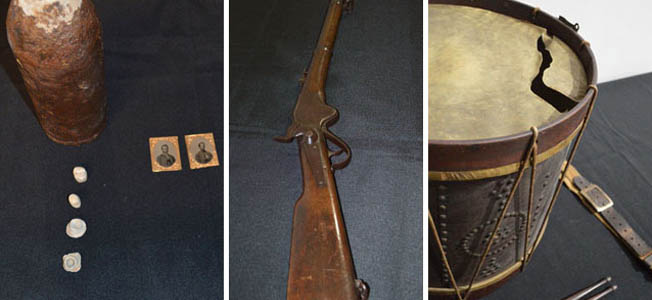
Civil War
In celebration of the sesquicentennials of General William T. Sherman’s Atlanta Campaign and March to the Sea, the Southern Museum of Civil War and Locomotive History is opening a special exhibit titled “1864.” Read more
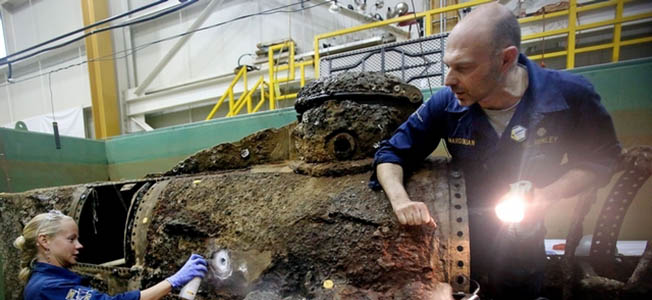
Civil War
The H.L. Hunley was a Confederate submarine that played a small, yet interesting role in the American Civil War. Often labeled as the first combat submarine that successfully sank another warship, the Hunley demonstrated some of the early advantages armies could attain by exploring undersea warfare. Read more
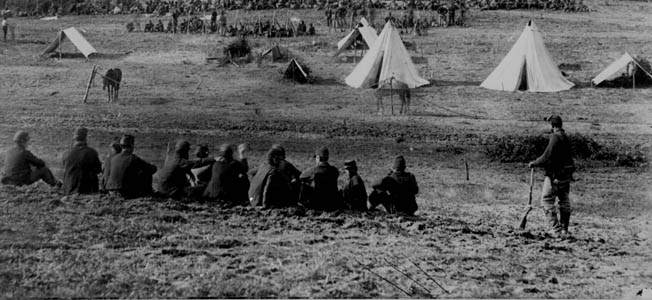
Civil War
According to a CNN article, 2014 was the 150 anniversary of “the peak year of suffering” in American Civil War prisons. Read more
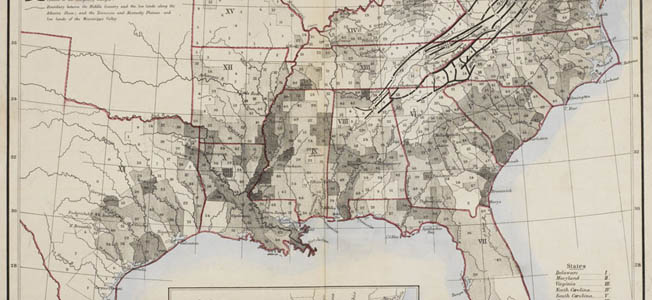
Civil War
1861 to 1865 marked a bitter time in U.S. history. Arguments over states’ rights, slavery and the role the federal goverment should play in national affairs brought both the North an South into a terrible conflict that became the American Civil War. Read more
Civil War
For General Philiip Sheridan, war was a tonic.
“He was a wonderful man on the battle field,” one of his fellow Union officers recalled, “and never in as good humor as when under fire.” Read more
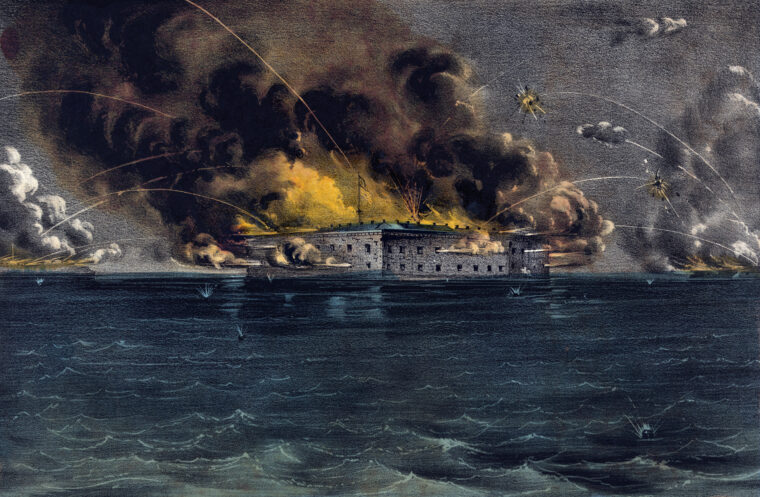
Civil War
Shortly after midnight on the morning of April 12, 1861, four men in a rowboat made their way across the pitch-black harbor at Charleston, South Carolina, toward Fort Sumter, an unfinished and architecturally insignificant masonry fort three miles out from the city where the harbor meets the Atlantic Ocean. Read more
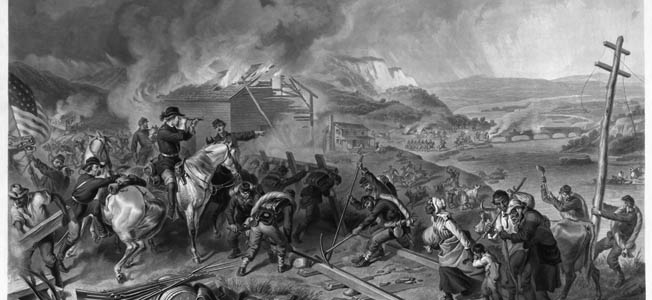
Civil War
It isn’t how most would characterize William T. Sherman’s famous march across Georgia in 1864, but Thomas Ricks of Stars and Stripes begs to differ. Read more
Civil War
Seen from the Atlantic coast, the task of Northern armies appeared (at least to a skeptic) almost impossible, for the South looked truly boundless, an ocean of fields, valleys, mountains, forests, and rivers. Read more
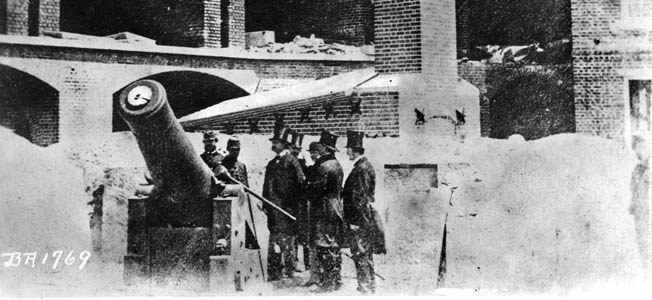
Civil War
As the epicenter of the Civil War, Fort Sumter naturally attracted much photographic attention. The first photographer to visit the fort after the 1861 bombardment and surrender was F.K. Read more
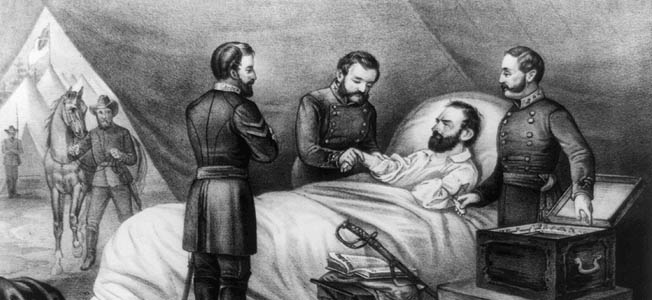
Civil War
Following his greatest victory, at the Battle of Chancellorsville on May 2, 1863, Confederate Lt. Gen. Thomas J. “Stonewall” Jackson was scouting ahead of the lines with members of his staff when tragedy struck. Read more
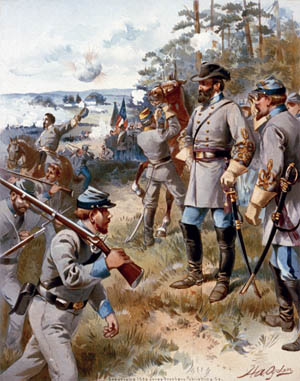
Civil War
Following his greatest victory at the Battle of Chancellorsville on May 2, 1863, Confederate Lt. Gen. Thomas J. “Stonewall” Jackson was scouting ahead of the lines with members of his staff when tragedy struck. Read more
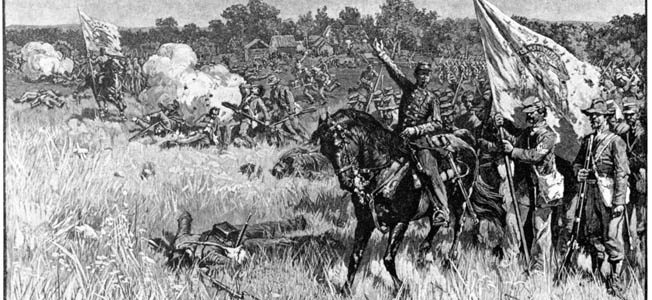
Civil War
On May 10, 1861 the Confederate Secretary of War, L.P. Walker, assigned “control of the forces of the Confederate States in Virginia” to Maj. Read more
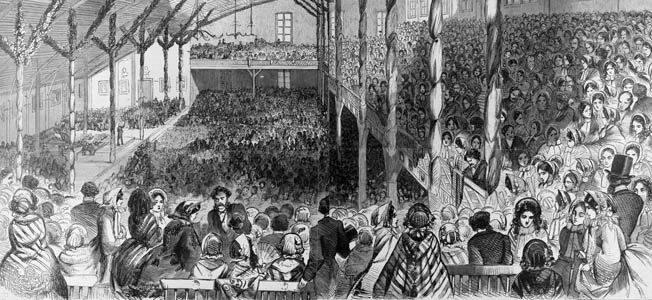
Civil War
The sudden wreck of the Whig Party in the 1850s led to the development of a new political party to contend with Stephen Douglas and the Democrats. Read more
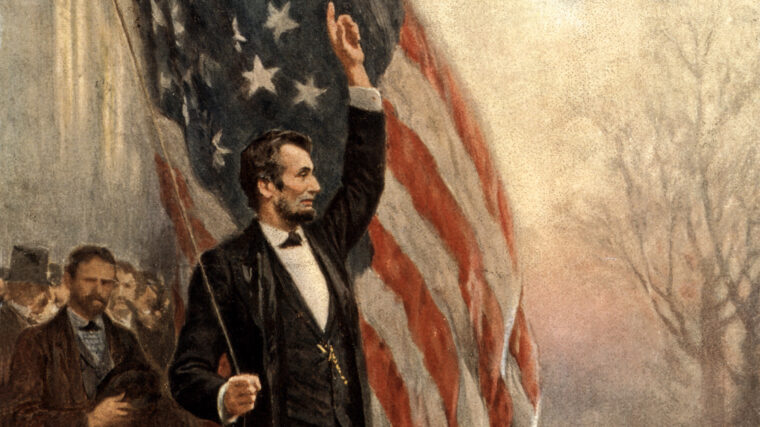
Civil War
It was unseasonably warm in Charleston when the Democratic National Convention opened for business at noon on April 23, 1860. Read more
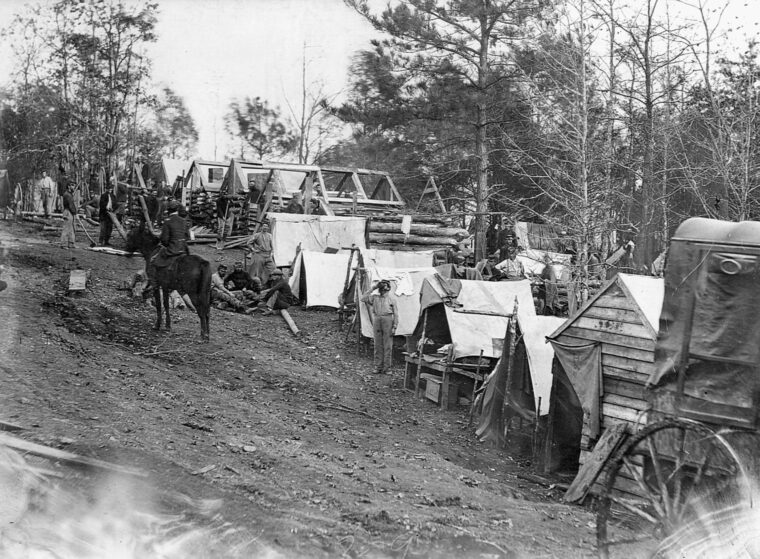
Civil War
The first camps assembled by the Union Army of the Potomac were tent cities, thrown together hastily as new regiments arrived from the free states. Read more
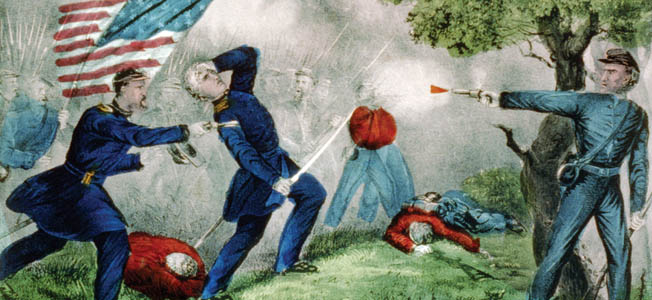
Civil War
In the wake of the humiliating and unexpected defeat, and fourth in a line that stretched back to Fort Sumter, the Battle of Bull Run, and the Battle of Wilson’s Creek, the Union Congress created a seven-man Joint Committee on the Conduct of the War to oversee and review all battles and the events surrounding them. Read more
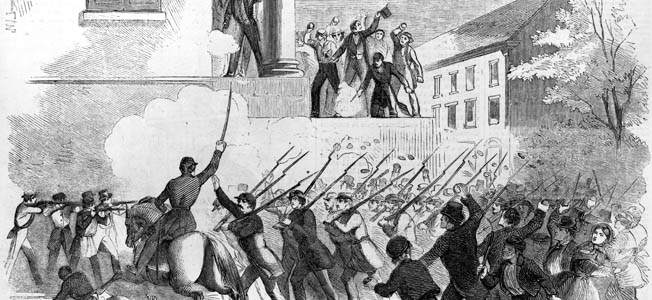
Civil War
At the beginning of 1861, Missouri was in turmoil. A slave state since its inception in 1820, Missouri had grown increasingly tied to urban industry. Read more
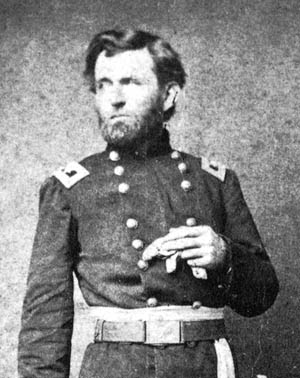
Civil War
The Confederate attack on Fort Sumter on April 12, 1861, marked the beginning of the American Civil War. Read more
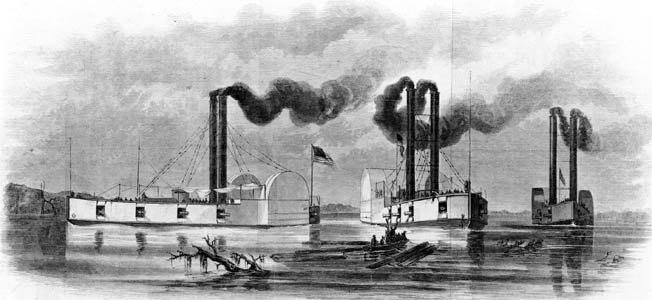
Civil War
In theory, sealing off Southern seaports was supposed to cause economic ruin in the South, which in turn would diminish the Confederacy’s ability to wage war. Read more